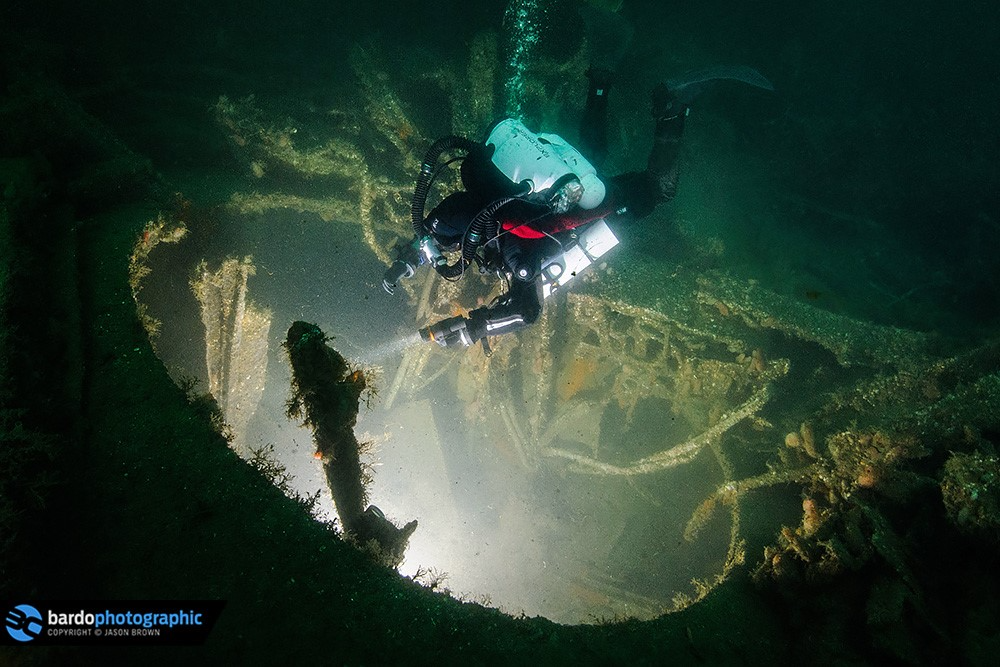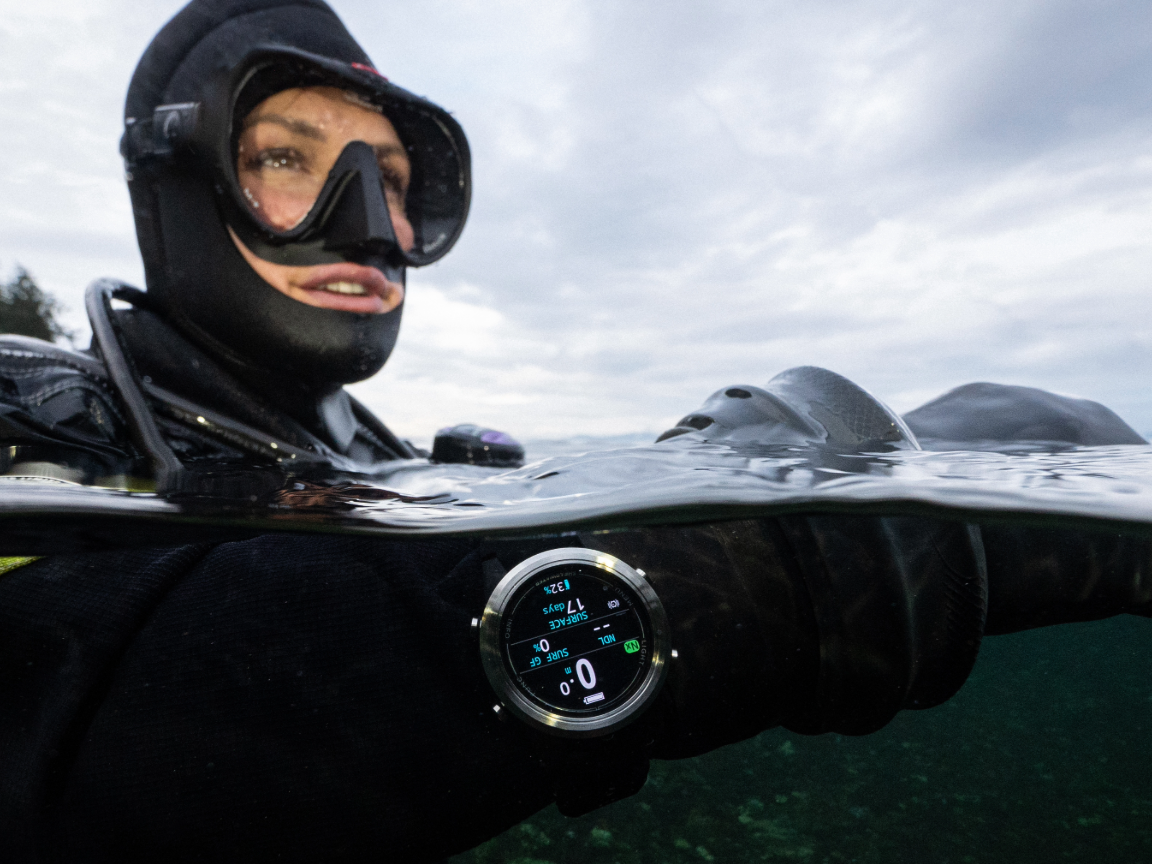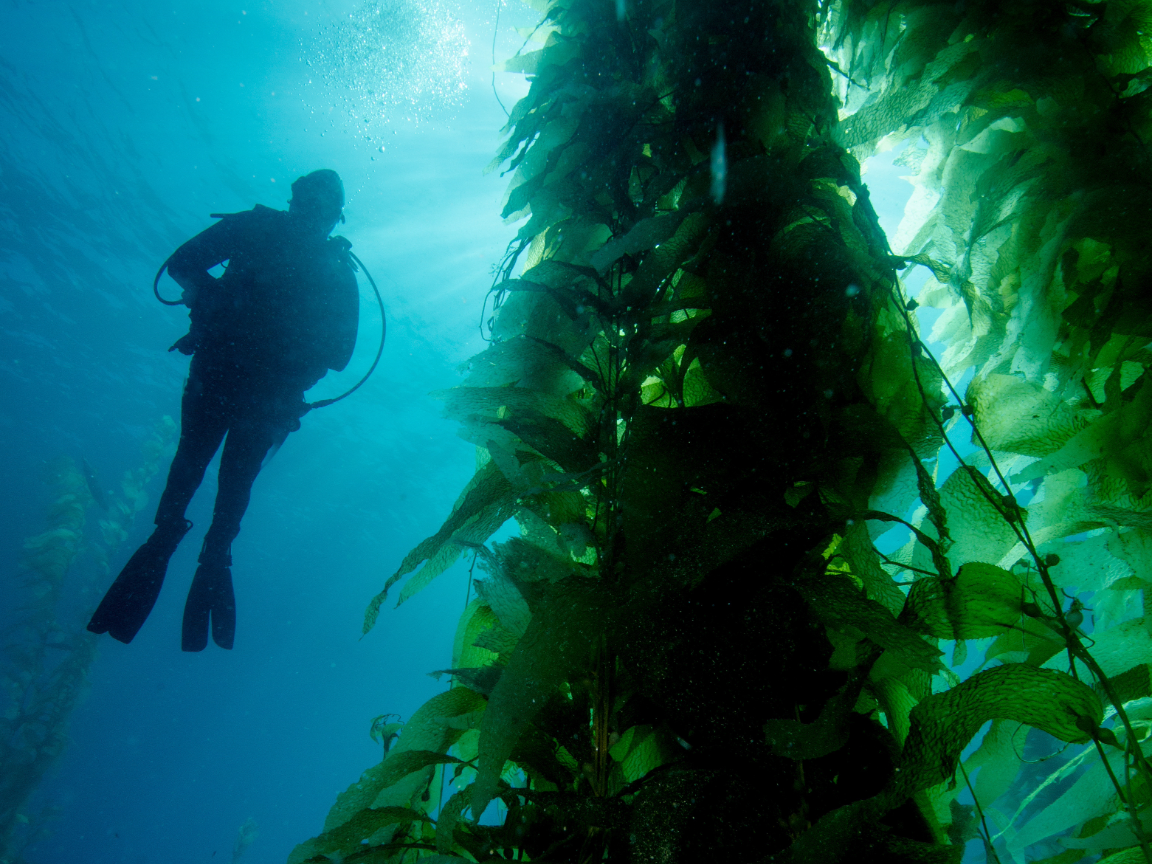
Photo courtesy of Ian Seabrook.
We had the opportunity to interview Ian Seabrook, an award winning Underwater Director of Photography in the Motion Picture and Television Industry. Amassing worldwide credits on such feature productions as “Batman v Superman”, “Deadpool 2” and “Jungle Cruise”, Seabrook has also contributed his underwater skills to high profile documentary films such as “The Rescue” in addition to a prolific number of television, commercial, music videos and Imax productions.
How long have you been diving and what made you want to become a diver?
I have been diving since 1989. For me, viewing imagery from National Geographic, Disney nature specials and James Bond films such as “Thunderball” made me want to become a diver.
What motivated you to become an Underwater Cinematographer?
After developing an interest and practicum in stills photography and dark room processing, I retained my early interest in the underwater world through films and and books and chose to pursue underwater photography as a specialty. It was initially difficult as there was no schooling, just a small handful of photo books. Reading was important but more so was getting in the water to apply the learning. After traveling around the South Pacific for a few years, and taking both land based and underwater photographs, I asked the eternal question: what do you want to do with your life. I found a solace in being underwater and combined with my love of film, I married the two disciplines and decided that was what I would become.
What is your favourite type of diving outside of filming? Diving in search of certain marine animals, drifts, or on wrecks.
I prefer diving in the presence of marine mammals and all forms of ocean life. I have done cave diving, some wreck diving, ice diving and drift diving, all of which help to make one a more rounded diver. I love the travel and that is a large part of why it has stayed with me for many years.
What qualifications do you need to become an Underwater Cinematographer or to work in water safety for film and television?
In order to become an underwater cinematographer, first and foremost your diving skills have to be to a level proficient enough to be invisible, meaning you can’t spend time fighting with your personal gear, buoyancy, etc. Your diving skillset must be good enough for you to forget about and your concentration must become the frame which you are photographing. For narrative work, that means doing the jobs of 11 people (Special Effects, Props, Hair, Wardrobe, Lighting, Grip, Camera, Dive Safety, etc). Often times it is just myself and the talent, and you must be able to make split second decisions. It is a difficult profession, as diving is one skill and cinematography is an entirely different discipline, so the ability to marry the two requires attention to detail, a good eye for composition, and an elite fitness level.

Photo courtesy of Ian Seabrook.
What are the kinds of locations you work in?
I work in all sorts of locations, from the Pacific Ocean to the Polar Sea, to rivers and lakes to purpose built tanks, swimming pools, and white water. For narrative work, a controlled environment is usually preferred to accommodate for the comfort level of the cast, who may be uncomfortable in water, and part of my job is to make them feel comfortable so they can concentrate on performing their roles.
Do you often work with the same team on film projects?
I have crews that I work with worldwide: a team in Canada, a team in the United States, a team in the United Kingdom, and a team in the EU, in addition to Australasia and Atlantic regions.

Photo courtesy of Tom Foreman.
What are the most rewarding and challenging parts of your job?
There can be a plethora of challenges and no one project is the same with regards to the demands required. The duality of creativity matched with problem solving, surrounded by the potential of danger can make the experience at times simultaneously thrilling and satisfying.
Have there been many memorable marine life encounters during filming?
On a dolphin documentary in The Bahamas, I was tasked with photographing behavioral patterns of spotted dolphin pods. The director/producer had not organized nor planned well, resulting in us having to piggyback on vessels assigned for boat charters and fishermen in order to take us to the sites. A tropical storm was circling the island chain, making all boat traffic halted for a few weeks. Once we did get out, a boat charter we were out on spotted a school of dolphins off the stern, surfing in its wake. I asked the captain to drop me where they were circling, so he killed the engines and myself and the housing containing the Super 16mm film camera dropped into the ocean. I then asked the captain to leave me, as the constant engine idling was making the pod move away from the boat. Freediving down, I began rolling the camera in short, concise bursts, as I knew the sound of the camera motor purring would attract the pod. In no time a male popped right up in front of me, then it was on. I swam with the male, who was likely a scout for the pod, who became quite interested in what I was, then more of the pod arrived. With the sun backlighting them I swam freely with them for what seemed an eternity, but in reality was likely 30 minutes, much more than I had thought possible with a wild pod, whom after a while, bored of the play and carried on traveling the waters.

Photo courtesy of Ian Seabrook.
What camera equipment are you currently using? What dive gear do you use?
Typically I am filming with Arri cameras in my housings, but I also use Sony. Lens selections are vast and varied from large format to anamorphic and spherical. For my diving equipment I use Poseidon, Apeks, Halcyon, Fourth Element, Hollis, DUI, Patagonia and, of course, Shearwater!
Do you have any memorable behind the scenes experiences you’d like to share?
There are too many to mention, but one many will not know about was a scene I photographed for “Deadpool 2”, which was entirely cut from the film’s release, which was a shame given the work involved. The scene involved actors Ryan Reynolds and Morena Baccarin, both of whom had to play the scene completely submerged. For Morena, the level of determination and focus she had was incredible, and Ryan had one of the greatest breath holds of any actor, ever.
Ian is currently working on a feature adaptation of the documentary “Last Breath” about a North Sea commercial diver who gets separated from the diving bell and must survive without air sources. At the end of the month, “Indiana Jones and the Dial of Destiny” opens, that he shot all of the underwater work on, and which his Teric computer took its maiden voyage.




